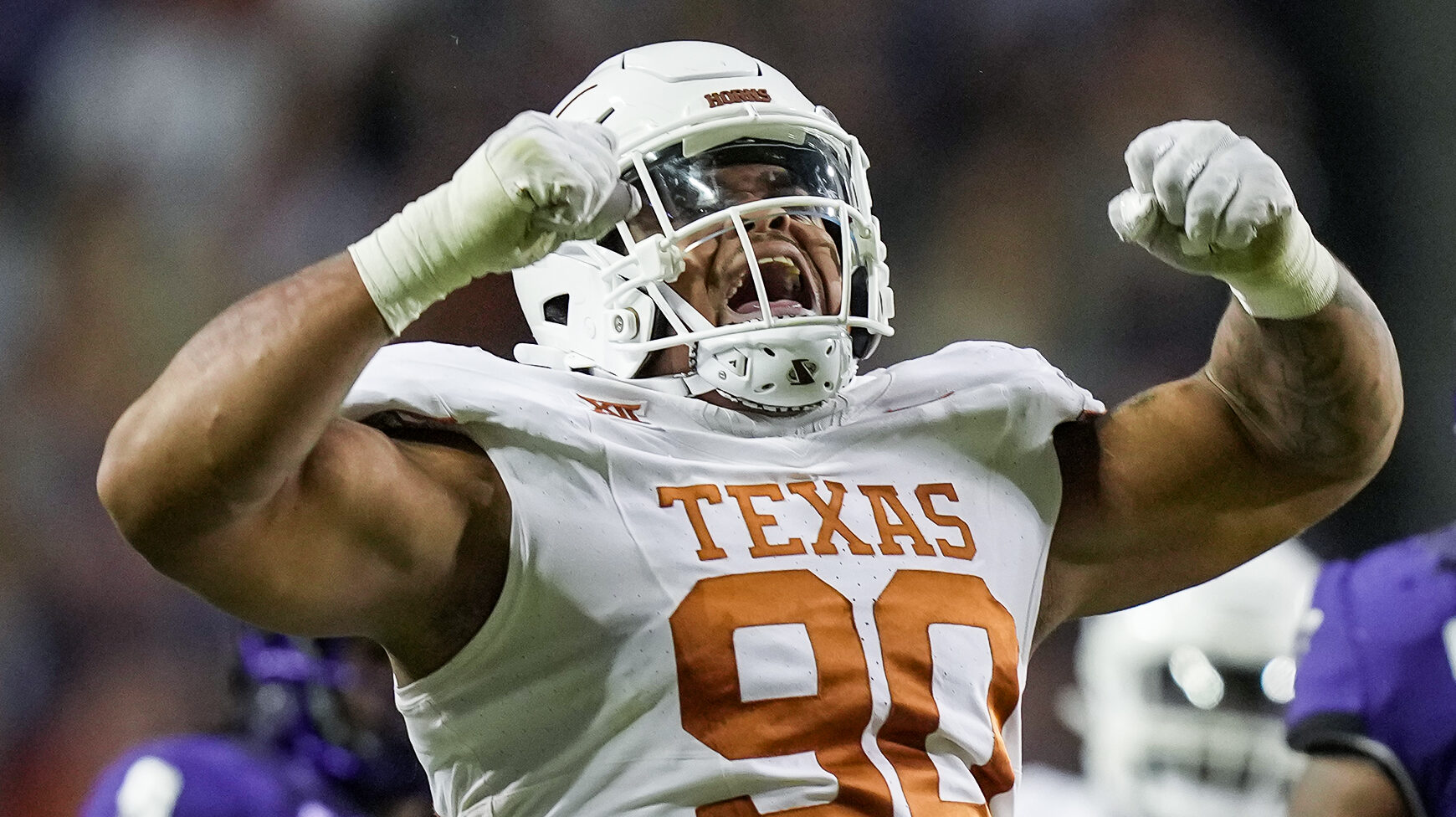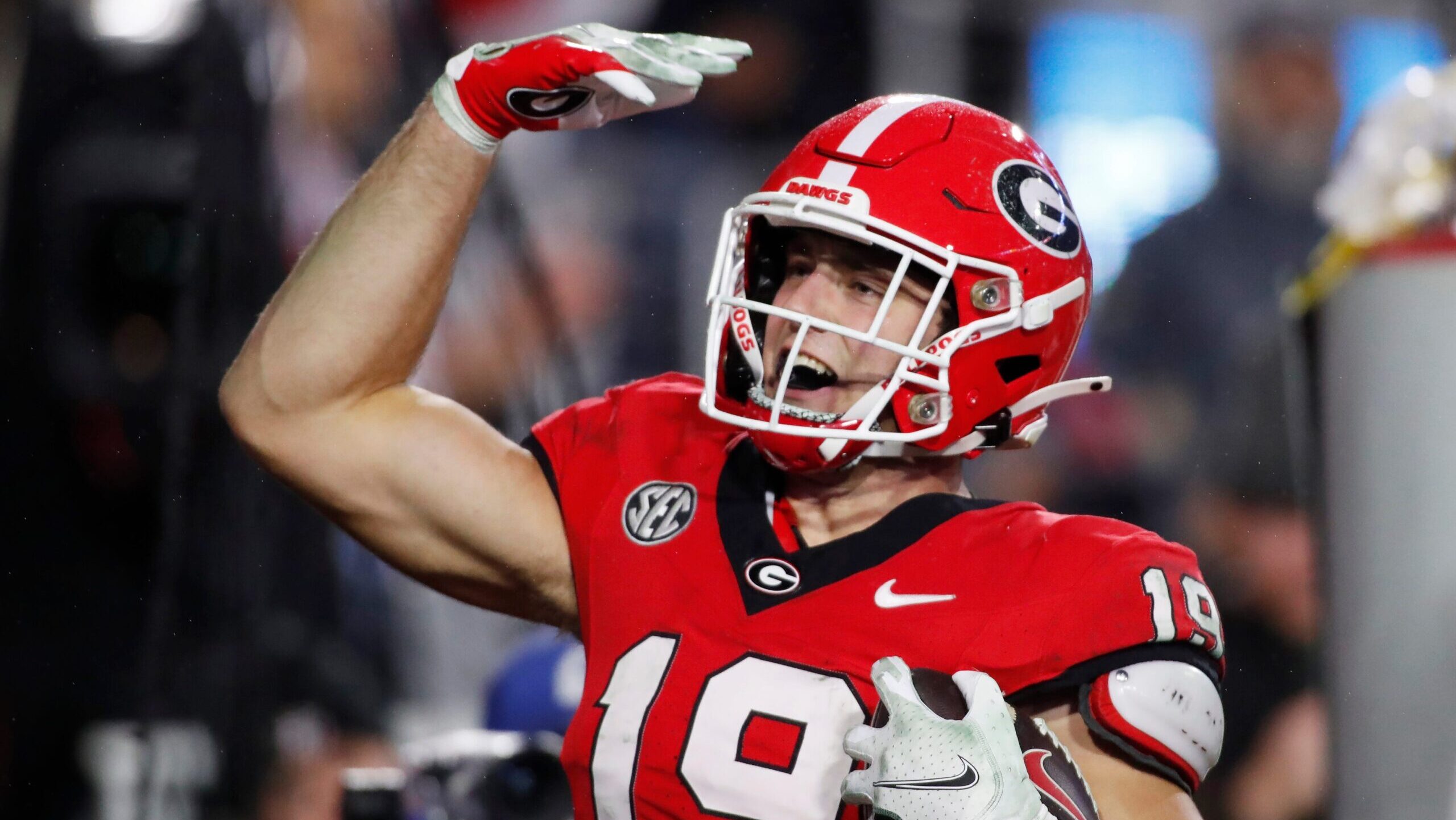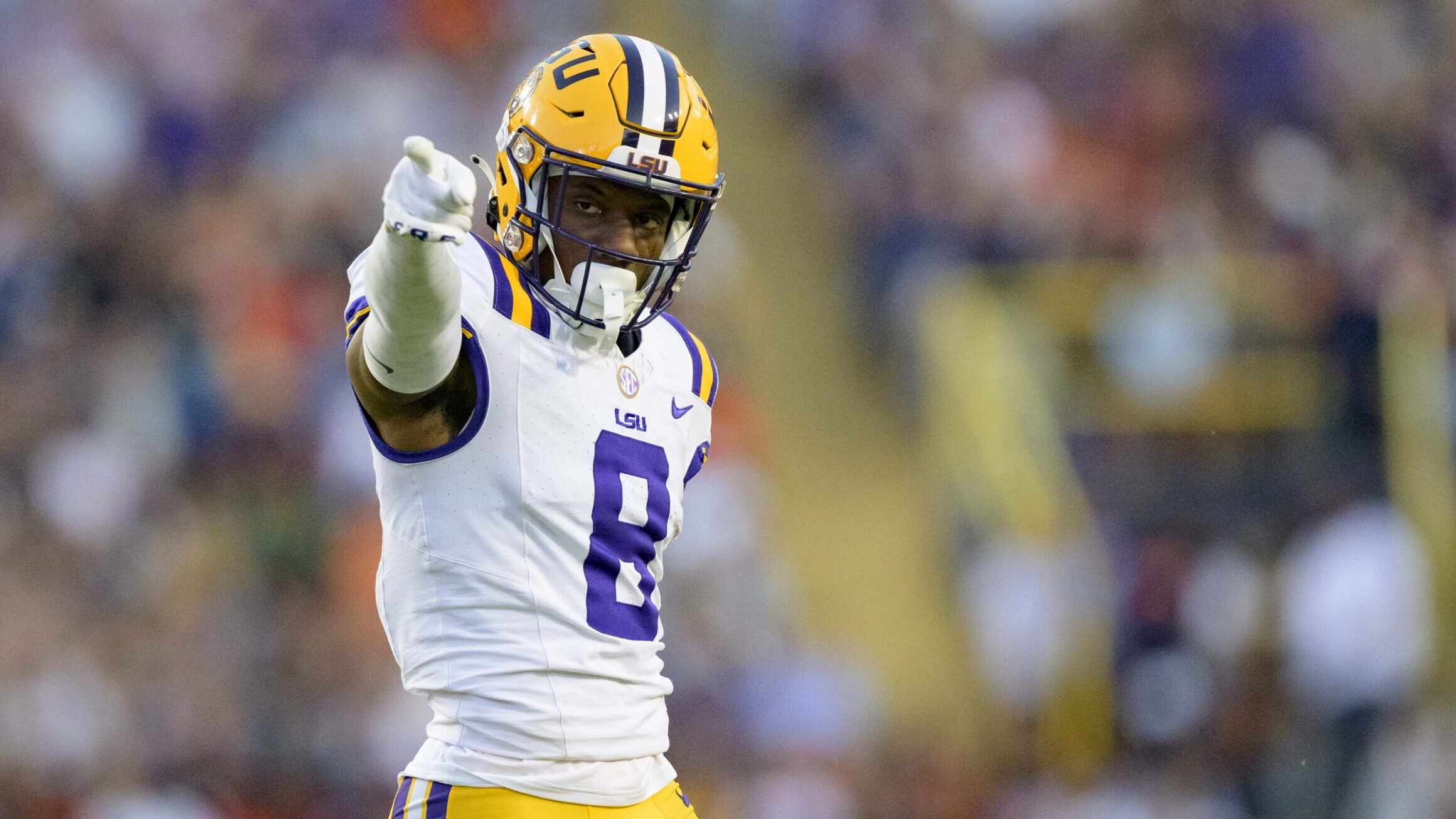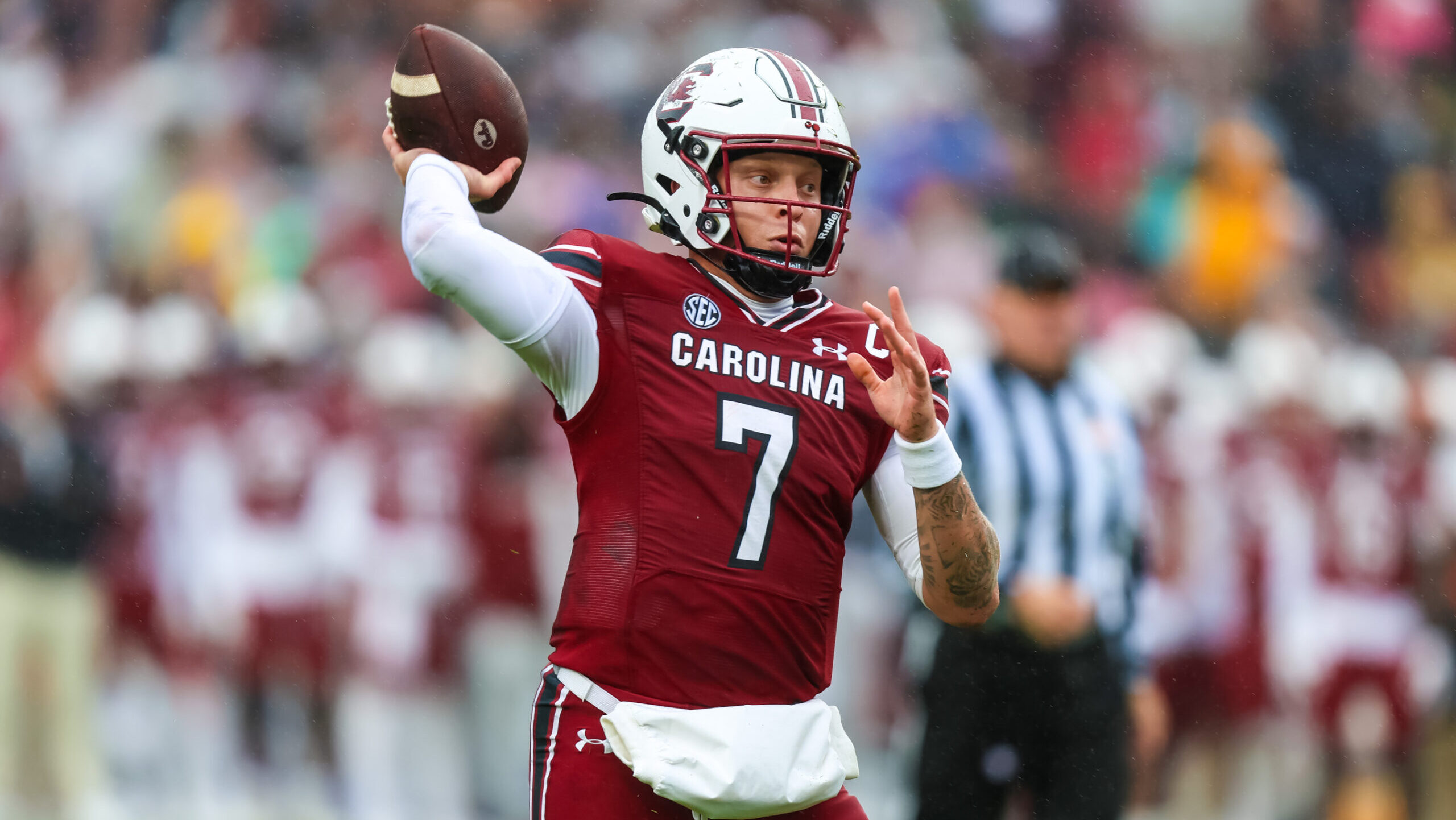Analysis
5/19/21
3 min read
Statistical Study Suggests Second-Year QBs Are Ready to Step Up
Heading into the 2021 season, a couple of teams will be looking for their young quarterbacks to take a leap forward during their second year in the league. Of the four first-round quarterbacks selected in the 2020 NFL draft, all but one (Jordan Love of the Packers) are expected to start for their teams in Week 1 of the 2021 season. All three of these quarterbacks received help this offseason in the form of roster construction.
The Miami Dolphins notably acquired more talent at wide receiver. They were able to sign Will Fuller V during free agency and used the sixth overall pick in the draft to acquire Tua Tagovailoa’s former Alabama teammate, Jaylen Waddle.
Cincinnati added offensive line help for their second-year quarterback, Joe Burrow, when offensive tackle Riley Reiff was signed during free agency. With their first-round selection, they took Burrow’s former teammate and arguably favorite target from LSU, Ja’Marr Chase.
The Los Angeles Chargers also took steps toward helping their second-year quarterback, Justin Herbert. Herbert received help where he needed it most: the offensive line. The Chargers signed center Corey Linsley and guard Matt Feiler during free agency and then used their first-round draft pick to select Rashawn Slater.
Progress or regress?
Will these first-round quarterbacks have a sophomore “leap” or “slump” during their second year in the league? Looking at the 30 quarterbacks who were drafted in the first-round from 2010-2019, we compared their first seasons in the NFL with their second to see if there were any trends. Did these QBs normally improve, decline or stay consistent during their second seasons in the NFL?
The following is the list of quarterbacks I used:
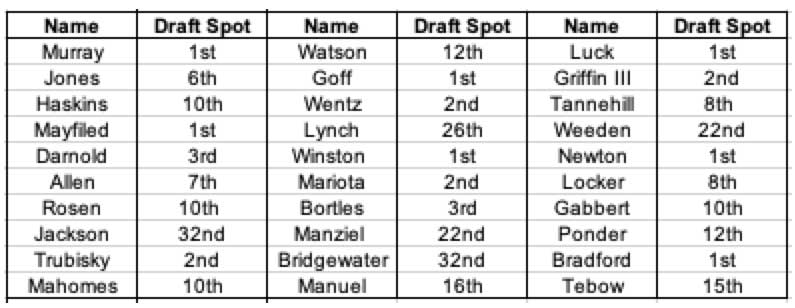
NOTE: The following conclusions are strictly based on stats. There are many other factors that contribute to a quarterback’s development from Year 1 to Year 2, such as roster turnover, coaching changes, etc., that are not accounted for in this study.
Looking at this group of 30 quarterbacks, here are some observations:
- 63.3% of the quarterbacks improved their completion percentage in their second year.
- 63.3% of the quarterbacks improved their yards per game in their second year.
- 60% of the quarterbacks improved their touchdowns per game in their second year.
- 70% of the quarterbacks improved their interceptions per game in their second year.
A majority of the first-round quarterbacks improved their game from a statistical standpoint in their second NFL season, with most quarterbacks reducing their interceptions per game (70%). They improved their completion percentage by an average of 2.05%, their touchdowns per game by 0.29 per game, and their interceptions thrown per game by -0.09.They also improved their win percentage by 7% from their first to second season. This resulted in a 7% drop in their loss percentage. In all categories looked at, first-round quarterbacks improved their game statistically in their second season.
The following are the games started by these quarterbacks in years one and two:
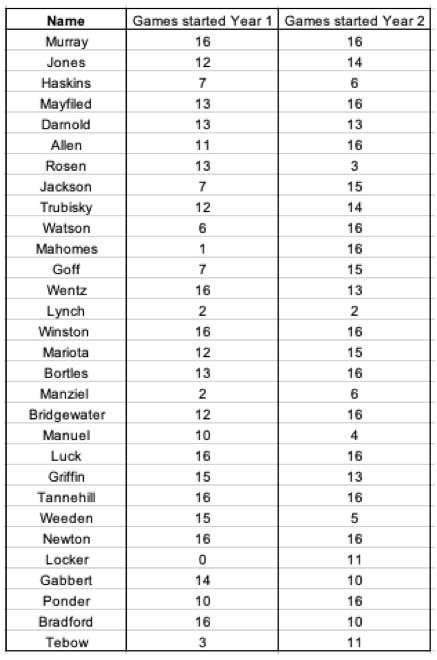
Based on the data, we should see the 2020 first-round quarterbacks take a step forward this season. All three teams—Miami, Cincinnati and Los Angeles—made significant offensive improvements in an effort to help their young quarterbacks. Something else that can’t be stressed enough is that these quarterbacks will likely have more of an offseason program with their teams in 2021, something they did not have as rookies during the height of the pandemic.
References: Football Reference


